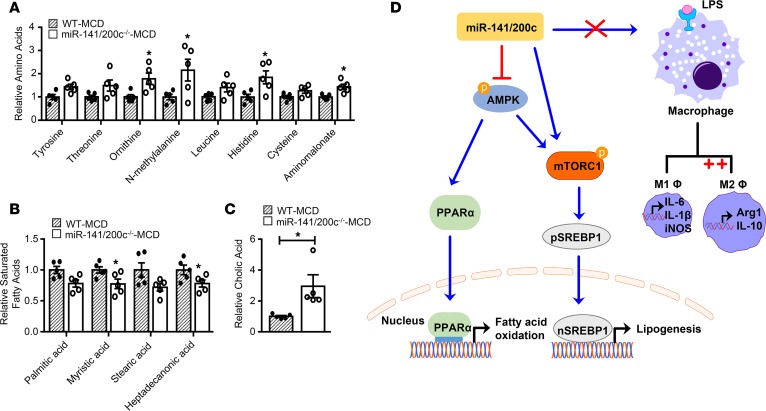Figure 7. Metabolomics unravels distinct metabolic profiling altered by miR-141/200c deficiency.
Livers of WT and miR-141/200c–/– mice from the methionine and choline–deficient (MCD) group were prepared and subjected to LC-MS for metabolomics analysis (n = 5 mice per group). Levels of (A) amino acids, (B) saturated fatty acids, and (C) cholic acid are expressed as the fold change relative to WT mice. Data are represented as mean ± SEM. *P < 0.05 vs. WT by a Student’s unpaired t test. (D) Schematic diagram of miR-141/200c–modulated signaling pathways to control lipid metabolism and macrophage phenotype in MCD diet–induced NASH. miR-141/200c inhibits AMPK phosphorylation to reduce downstream PPARα activation and subsequently decrease fatty acid β-oxidation. At the same time, miR-141/200c targets mTOR phosphorylation to favor SREPB1 translocation to the nucleus, contributing to hepatic lipid accumulation. In the presence of LPS, miR-141/200c deficiency appears to favor antiinflammatory M2 polarization and activation as assessed by the increased expression of Arg1 and IL-10.

